Title: ics (human factors web) homework -2800
Paper type Coursework
Paper format MLA
Course level High School
Subject Area Other (Not listed)
# pages 3 ( or 900 words Minimum)
Spacing Double Spacing
# sources 0
Paper Details
Assignment #5 – group project continued
You will continue this assignment with the same group you worked with on the last assignment.
If you have any major problems or issues in your group, please contact the instructor ASAP.
Overview of Assignment 5 and Assignment 6
For this assignment and the next one, you will continue the (re)design of the web site you chose in the last assignment. This (re)design process will span both assignments. Here is an overview of the entire process:
Assignment 5: Decide on what aspect(s) of your site you will (re)design, and build a prototype – this should be based on usability issues you found in Assignment # 4.
Assignment 6: Run user tests on your (re)design, refine the design based on the tests, build a new prototype, and run another set of user tests.
Assignment 5 Instructions
Step 1: Decide on what aspect(s) of your site you will (re)design. You will probably consider some combination of page design and navigation. Thinking in terms of user tasks, you should probably focus on a task or combination of tasks that should ideally take the user from three to five minutes; that’s long enough to be interesting but short enough to make creating the prototype and running the user tests manageable. If you have concerns over whether the aspects you have chosen are “enough” (or too much), send a message to the TAs or instructor or use Piazza.
Step 2: Sketch a number of possible re-designs on paper. Each person in your group should do at least 3 different sketches (on paper) for possible (re)designs of your site. These can be either visual (layout) or process (flow through the task) kinds of sketches. Use your HCI notebooks for inspiration. You should do these separately, and then compare your ideas. Think of this as visual brainstorming. Choose one sketch that will be the basis for the (re)design, or create a new composite sketch that gives a quick sense of what your (re)design will be.
Step 3: Using a prototyping tool of your choice (e.g., Balsamiq, Moqups, etc.), create a prototype of your (re)design. Your prototype should include all the alternative clicks/entries/actions/displays that the user may see or need while working through the task(s) (from Step 1) using the prototype.
Deliverables:
Include your Assignment #4 with Assignment #5. Consider it the same document for Assignments #4, #5 and #6 – essentially a design and evaluation report that you might create if you were doing this in a company. As such, consider a table of contents and/or good headings to make it clear what the different sections of the document are. See the section below for more on writing design reports. (overall form, layout, design of the document: 5 points)
Part A (10 points)
(about 200-300 words)
A description of the aspect of your site you decided to (re)design in Step 1 (3 points)
A detailed description of the task(s) you expect the user to be able to carry out in your prototype (7 points)
Part B (30 points)
The sketches that you produced in Step 2. Use a scanner or camera to capture the paper sketches, and paste into your document. These don’t need to be great quality, just good enough to read. Make sure the team member’s name is on the sketches she or he created. You should have a minimum of 9 sketches (3 per person). Also indicate/include the “final” sketch that was the basis for your prototype. (approximately 3 points for each sketch plus 3 extra points for the “final” sketch)
Part C (25 points)
Your prototype (all pages) from Step 3.
Part D (15 points)
(about 300-400 words)
A brief description of how your prototype works. If it is a redesign, what is different from the original? (5 points)
What issues were you trying to address in the design? (5 points)
How does your design represent the users/stakeholders you described in Assignment 4? (5 points)
Submit these materials as PDF(s) via Canvas. Make sure the document(s) include your team name and all the names of all your group members on first page of document (name the file “Lastname1_Lastname2_Lastname3_ICS4_HW5”)
A Note on Prototypes
Your prototype needs to be detailed enough that we are able to use them for usability testing in Assignment #6. That means that simple black-and-white wireframes that show layout but no content are probably not detailed enough. On the other hand, a fully realized web page is more detail than you need. Your prototypes should be somewhere in the middle.
These videos shows usability tests using paper prototypes. They offer a good sense of how detailed a prototype should be:
http://youtu.be/9wQkLthhHKA?t=1m20s
http://youtu.be/ppnRQD06ggY?t=98 (not great quality on this one, but enough to see what’s going on)
One caveat about the level of detail: if you are making a claim that more color, better imagery, better alignment, etc. will produce a better user experience with your site, you will need to provide more detail about those aspects, enough that we are able to recognize and evaluate the claims. In other words, the more important the feature is to your overall design, the more detail you will need to provide.
Writing Design/Evaluation Reports
A design report is a document that summarizes what you did on a design project. It is often used in organizations as a way to document the process and decisions made during a design project. In this class, Assignments #4, #5, and #6 together will form the meat of the design report (the complete report will be your deliverable for Assignment #6). There are many different formats for design reports, and many organizations have more formal processes for creating them, but they have a similar generic structure with three main sections:
Section 1: Describe the problem and background for the project. In a user-centered design project, this will include a lot of information about the stakeholders of the system. This section corresponds to Assignment #4.
Section 2: Describe the design itself and the process through which it was developed. This section corresponds to Assignment #5.
Section 3: Describe the evaluation of the design and any resulting changes. This section corresponds to Assignment #6.
You may also have additional sections including a title page, table of contents, or executive summary at the front, and lists of references, illustrations or appendices at the end.
For a nice guide to writing design reports, check out http://www.me.umn.edu/education/undergraduate/writing/How-to-write-a-Design-Report.pdf. It comes out of a mechanical engineering discipline, but is mostly applicable here. The style of report they describe is more detailed and slightly different from what we’ll be doing (e.g. their prototype description is in the evaluation section, whereas we have it in the design section), but overall it is a good overview.
attachment:
https://drive.google.com/drive/folders/1pSM7wxUr6cZd1FJzQGq-BfVTLgA7zDt2?usp=sharing


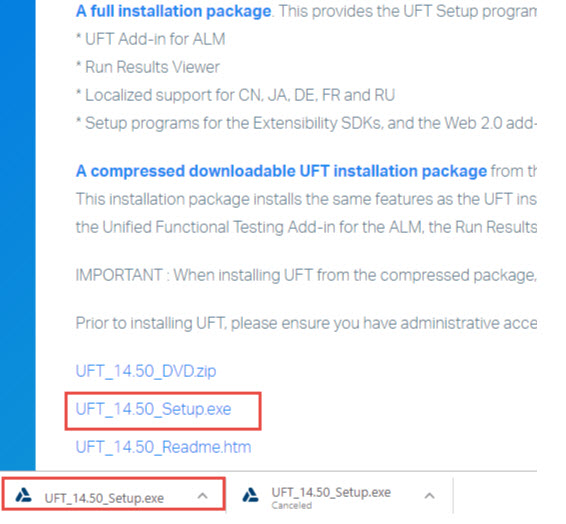
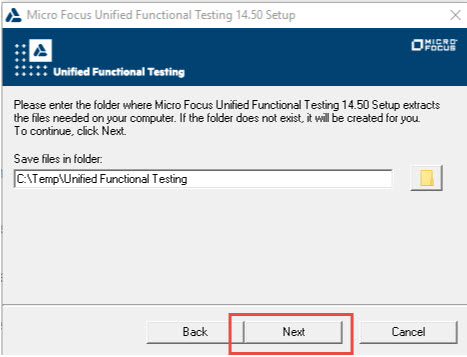
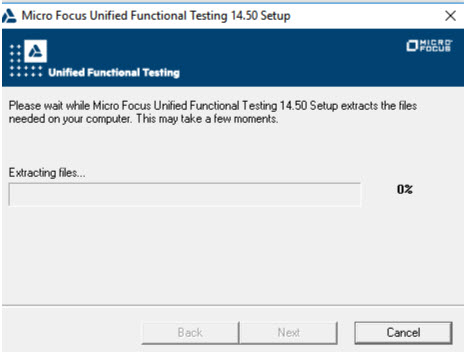
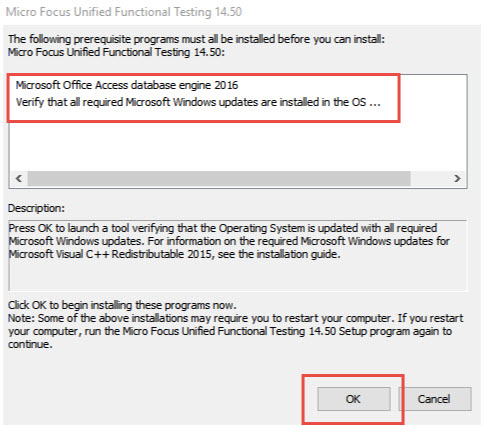
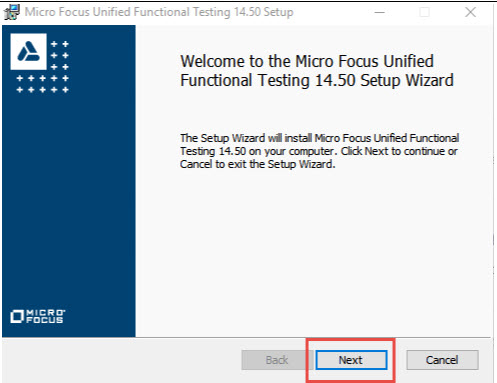
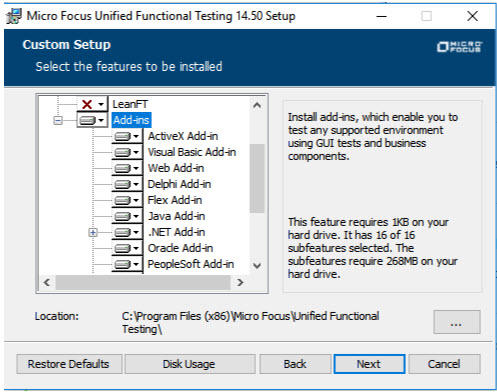

 Figure 6-112 SUMIFS with absolute and relative references
Figure 6-112 SUMIFS with absolute and relative references Figure 6-113 Change time format to display fractions
Figure 6-113 Change time format to display fractions